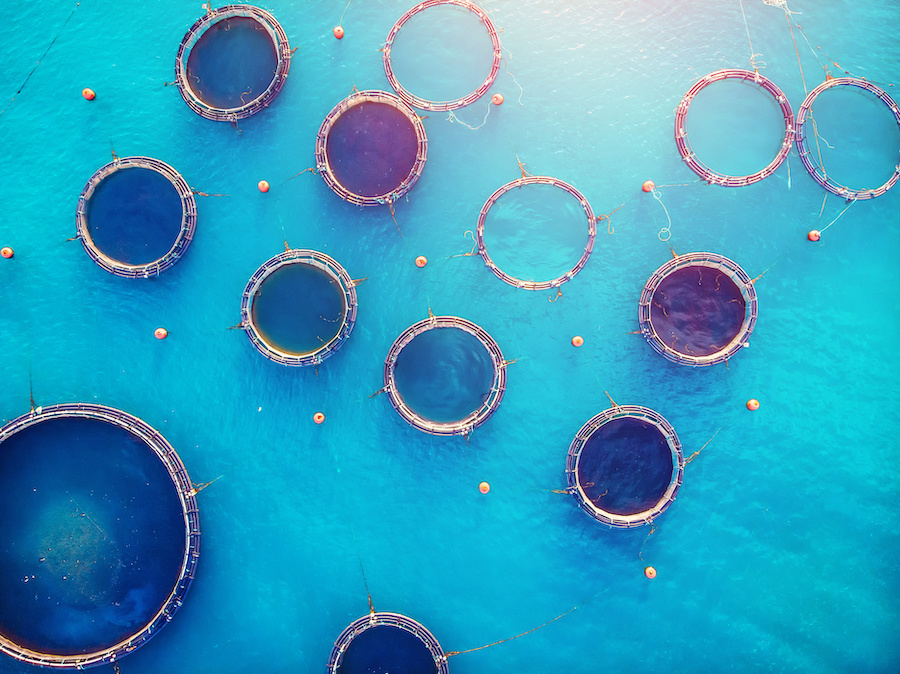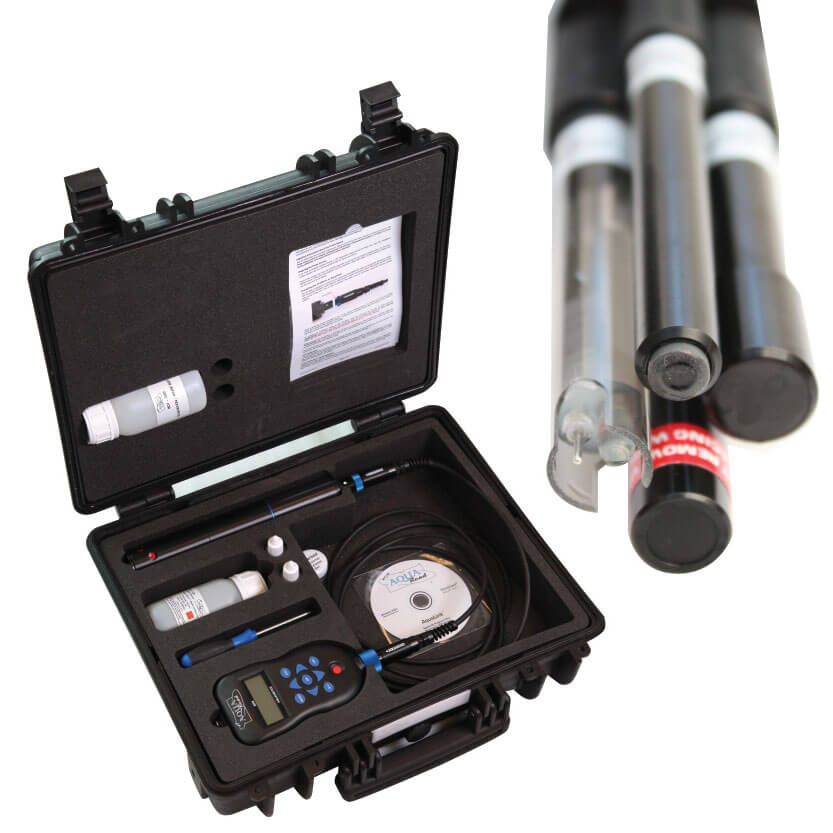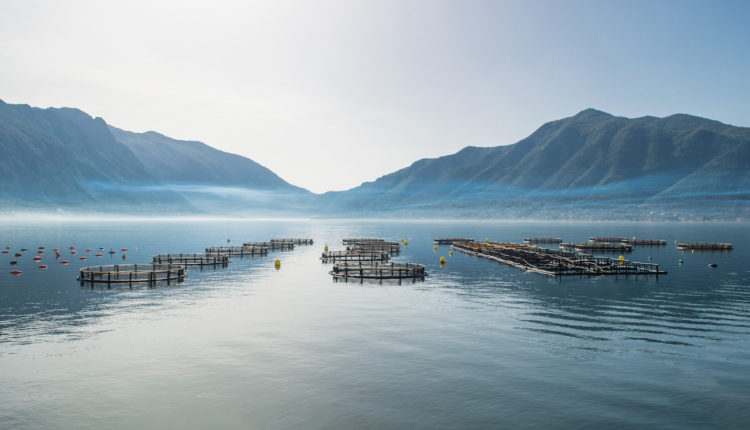- Advertisement -
Put simply, Aquaculture refers to the practice of farming aquatic organisms in controlled environments. You may have more commonly heard it referred to as ‘fish farming’. Shellfish, fish, and algae are cultivated and harvested from dedicated marine and freshwater environments (including man-made ones) for commercial and recreational purposes — largely, for consumption by us humans!
Read on to find out more about this practice, why we do it, and how it works.
How does aquaculture work?
Like with agriculture, the methods used in aquaculture depend largely on what’s being farmed and who is farming it. Three common types of aquaculture include:
- Fish farming – the most common form of aquaculture, fish farming involves raising fish in captivity (but often within wild environments — e.g. in a cage submerged in a river).
- Algaculture – this refers to the cultivation of algae (from phytoplankton to seaweed) often in man-made open-pond systems or in marine shorelines.
- Mariculture – the cultivation of marine organisms like shellfish from their natural environments – again, often in submerged cages.
Even within each of these types, exact methods can vary depending on the type of aquatic organism being reared. As an example, some shellfish – like mussels – can be grown on suspended ropes with very little input required. Initially, microscopic mussels settle on the ropes, and in a year’s time they will have grown into fully-formed mussels.
On the other hand, more complex systems are often used to raise fish like salmon, tilapia, and trout. In-land farms require sophisticated, energy-intensive water treatment centres and recirculation systems.
Why we need aquaculture
Experts agree that there is simply “no way we are going to get all of the protein we need out of wild fish” (Rosamond Naylor, food policy expert at Stanford University).
The world’s seas and rivers are increasingly overfished, with the ever-rising human population leading to insurmountable demands.
Because marine and freshwater environments can no longer naturally meet the demand for seafood, aquaculture offers a more sustainable option. So long as it’s practiced responsibly, it eases the strain on wild fish populations. Let’s take a look at some of the other benefits of aquaculture:
The generation of food globally & locally
Because aquaculture can be practised wherever there’s water and a will, local markets can often benefit directly from its supply. Finally, communities can benefit from local-grown produce, rather than trying (and failing) to fish waters that have often been destroyed by short-sighted global fishing practices.
The creation of economic opportunities
It’s estimated that 58.5 million people were employed in aquaculture in 2023. In places where economic opportunity is limited otherwise, the industry has the potential to (and does) lift people out of poverty. We’ll discuss one of the issues with this later on, though.
An improved feed conversion ratio
Any food that we rear has to be fed in order to eventually feed us. The resources (and amount of them) required varies with the animal product, for example:
- 6.8 pounds of feed are needed to produce a pound of cattle
- Only 1.1 pounds of feed produces a pound of fish.
Considering their protein-density and the fact that they’re packed with healthy oils, vitamins, and minerals, it’s clear that fish farming weighs up well in terms of resource demand. Especially when compared to agriculture, which is often incredibly resource-intensive — up to 23% of global greenhouse gas emissions come directly or indirectly from agriculture.
When you also take into account that half of the world’s habitable land is used for agriculture, it becomes clearer why we need to look for alternatives.

Where aquaculture needs to be improved
Since the birth of aquaculture, people have been wary of its repercussions — cautious about the very real possibility that we’d just be setting up a food factory similar to agriculture on land. Indeed, it has often looked suspiciously similar; the National Geographic reports that in the 1980s, ‘swathes of tropical mangroves’ were bulldozed to create farms that now serve a huge amount of the world’s shrimp.
Like with any industry, aquaculture itself isn’t a problem — it’s the rapid spread and lack of regulation. In a capitalist system, production can quickly become a race to the bottom: who can spend less and make more? Cuts are made – or investments never established in the first place – to processes that allow for environmental and health-based best practices. Nets aren’t replaced, fish are given harmful feed to maximise growth and are fed antibiotics, and worker pay is reduced.
While aquaculture has a whole host of benefits, they apply to the best-case scenario, when healthy practices and regulations are followed strictly. The issue is that, with the industry still being in its infancy, there is very little standardisation when it comes to regulation.
This can often lead to unfair labour practices. As The Global Seafood Alliance puts it, “if many jobs are available but companies do not treat their employees fairly, then that does not accomplish the goal.” Limited oversight leads to problems with compensation and expectation, which leads to reduced ability to carry out high-quality work. This cycle can defeat the very point of aquaculture.
But there is hope for this blossoming industry. Companies like The Global Seafood Alliance are doing great work to advocate for aquaculture standards and worker treatment.
When done sustainably, aquaculture can address many of our environmental and social concerns like reducing our carbon footprint while producing enough food for the world’s population. Seaweed cultivation, in particular, has many advantages in this sense. Not only does it create a refuge habitat for other marine species, but it also sequesters a huge amount of carbon dioxide — more than forests.
Aquaculture requires water quality monitoring

An industry based on the health of a body of water requires a dedicated water quality monitoring approach. Without healthy water, there is no end product, be it fish, kelp, or clams.
Nutrient buildup, for example, can occur when fish density is high in a small area. If fish waste has nowhere to go, it builds up and eventually depletes the water’s oxygen levels. This, in turn, can create algal blooms and even dead zones. Ammonia, ammonium, nitrate, nitrite, temperature, and dissolved oxygen levels all need to be closely monitored to stay ahead of potential toxicity and keep marine organisms healthy.
This flourishing industry faces a unique set of challenges — ones that we’re sure it’s capable of facing!

